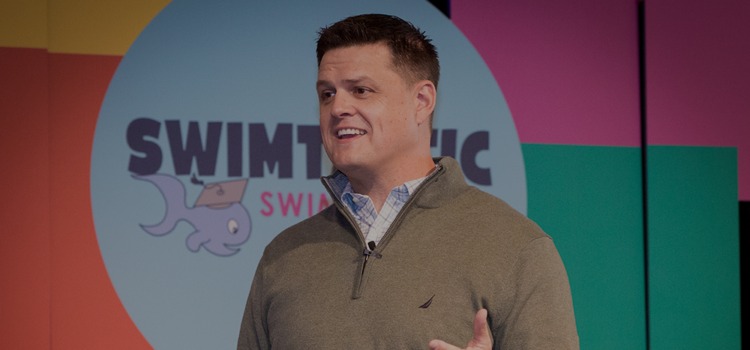Coach Your Team
One of the core behaviors to focus on is “coaching your team.” Many supervisors, when they think of their responsibility to coach their team, think that’s outside of their job description—“I’ll just delegate coaching and providing feedback to HR,” they think.
Many executives, as they’re looking to develop their high potential talent, hire an external coach or someone to build a high potential program so they can simply check “develop my team” of the to-do list, because those experts will take care of it. Unfortunately, that’s the same thing in my opinion as throwing a high potential employee into the deep end and seeing if they’ll swim.
There is a benefit to external coaching and workshops. But on the job, how they actually complete their work is the responsibility of their supervisor. And it always will be. The supervision part of supervising has more of an impact on learning than even an executive coach or a leadership program can have. Together, these integrate into the Game Plan that makes sure that an individual elevates successfully.
Yes, it’s important to have an executive coach to help you. Yes, it’s important to have a leadership program that helps teach new leadership skills. It is the responsibility of the individual and their supervisor to implement these learnings on the job for practical purposes. This partnership and sponsorship—from the executive team to really make sure that their executives are going through the elevation zone, and that they truly are helping them on a day-to-day basis, giving them feedback and reinforcement to help them be successful.
The reality is, outside coaching can only get your direct reports so far. You can’t delegate your role as a supervisor. At the end of the day, you have to continue to coach them as well.








